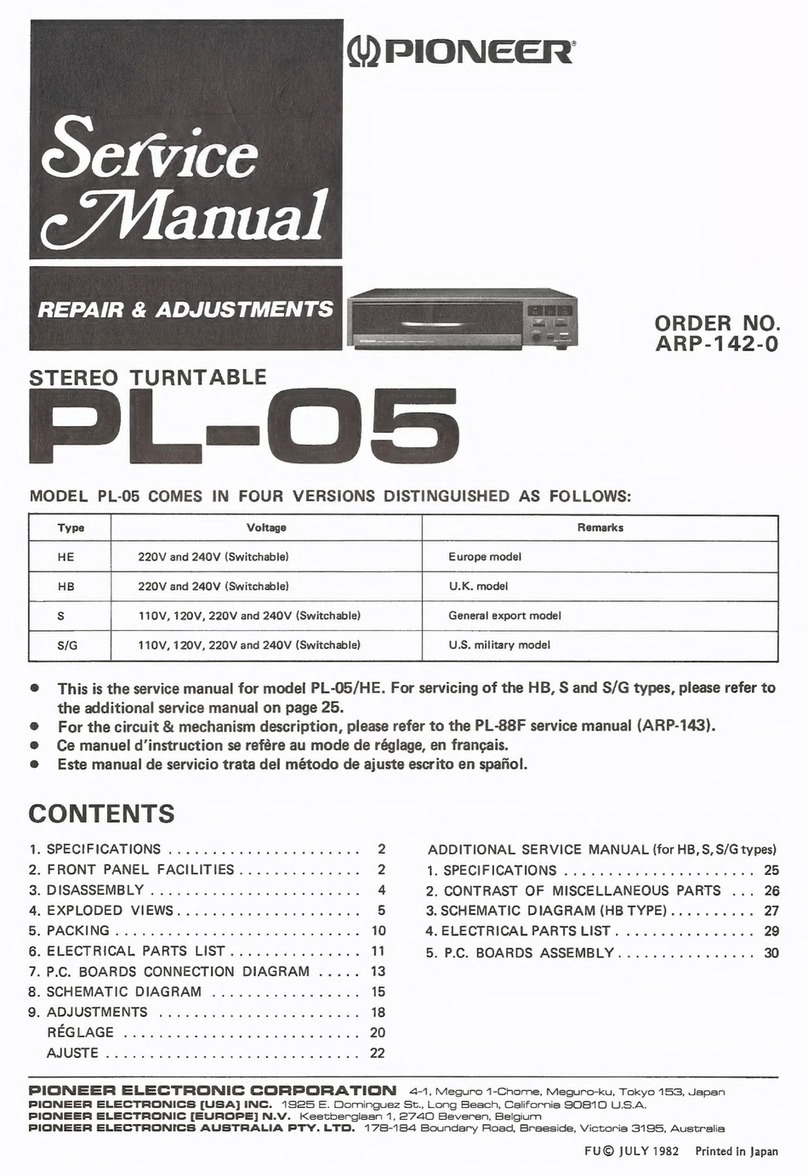Pioneer PL-4 User manual
Other Pioneer Turntable manuals
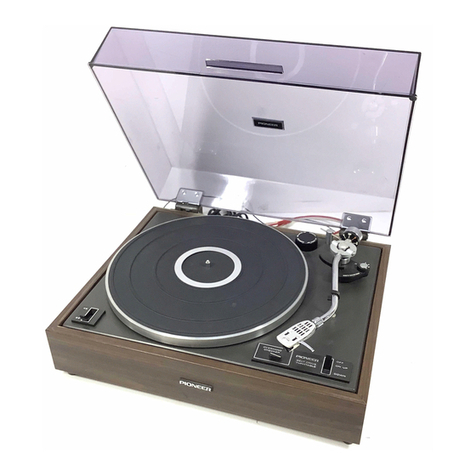
Pioneer
Pioneer PL-12D User manual
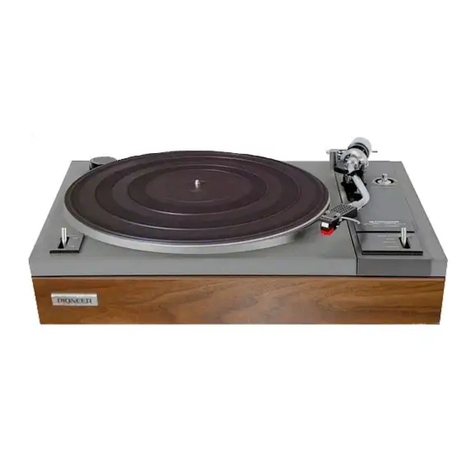
Pioneer
Pioneer PL-112D User manual
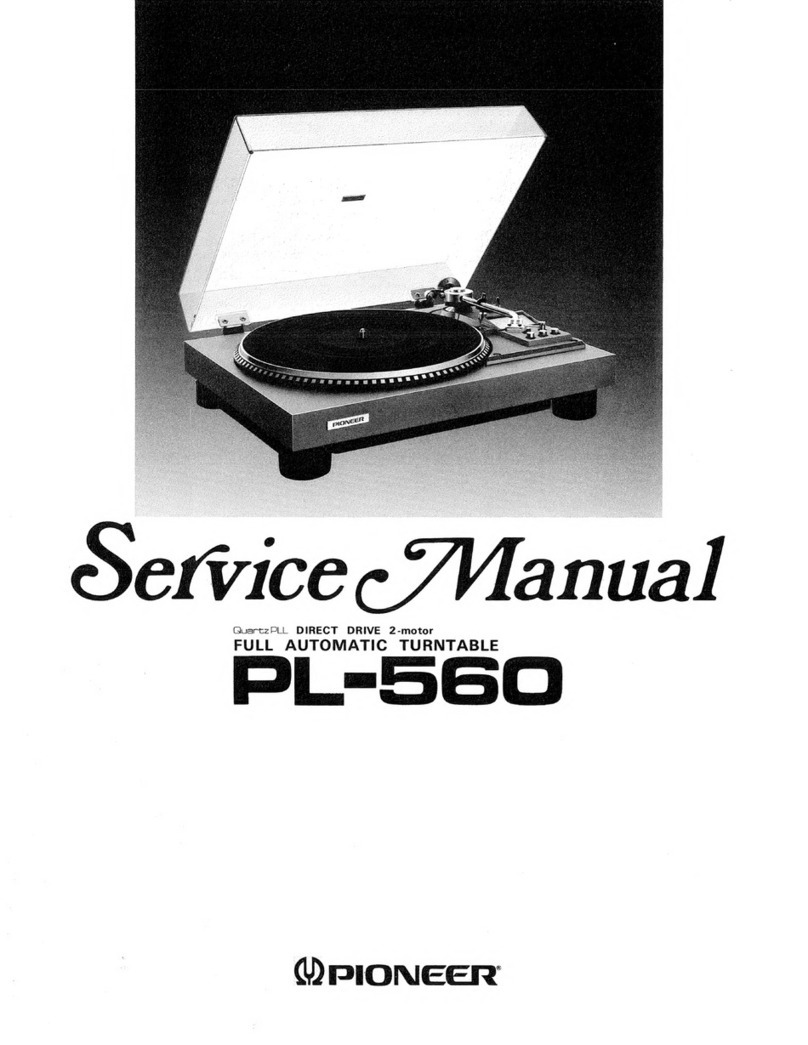
Pioneer
Pioneer PL-560 User manual

Pioneer
Pioneer PL-200 User manual

Pioneer
Pioneer PL-41A User manual
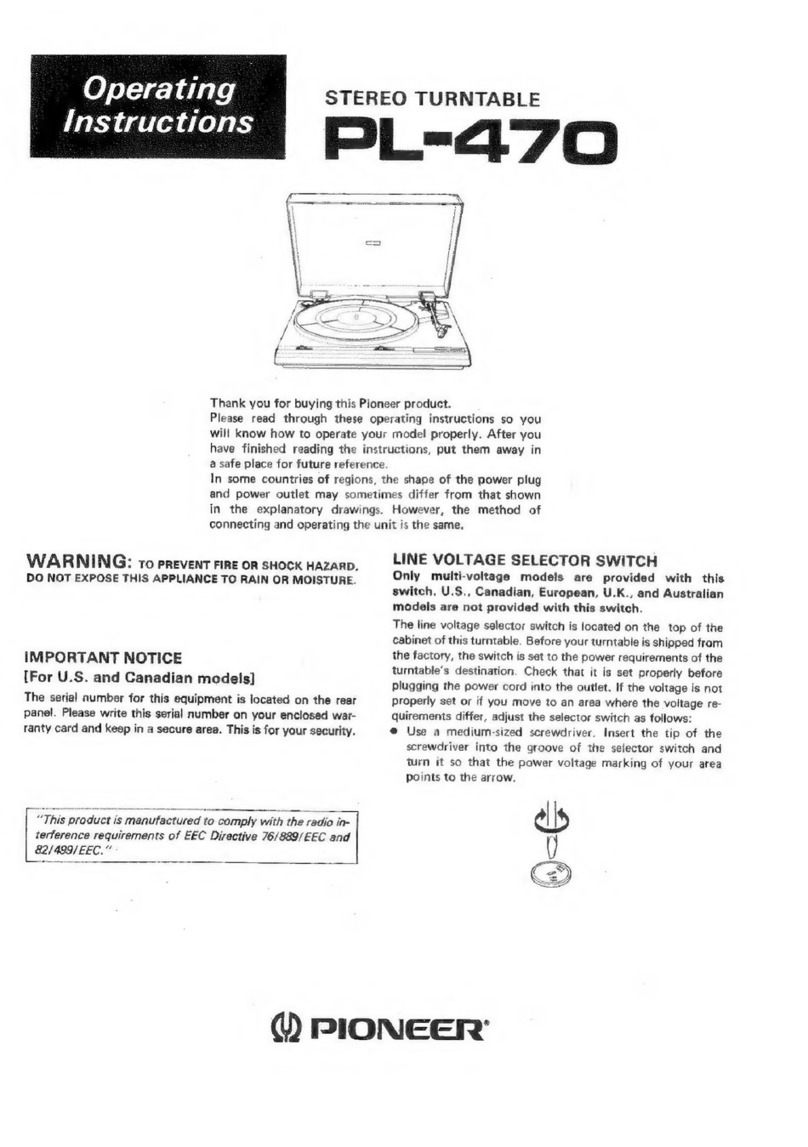
Pioneer
Pioneer PL-470 User manual

Pioneer
Pioneer BDP-170 User manual
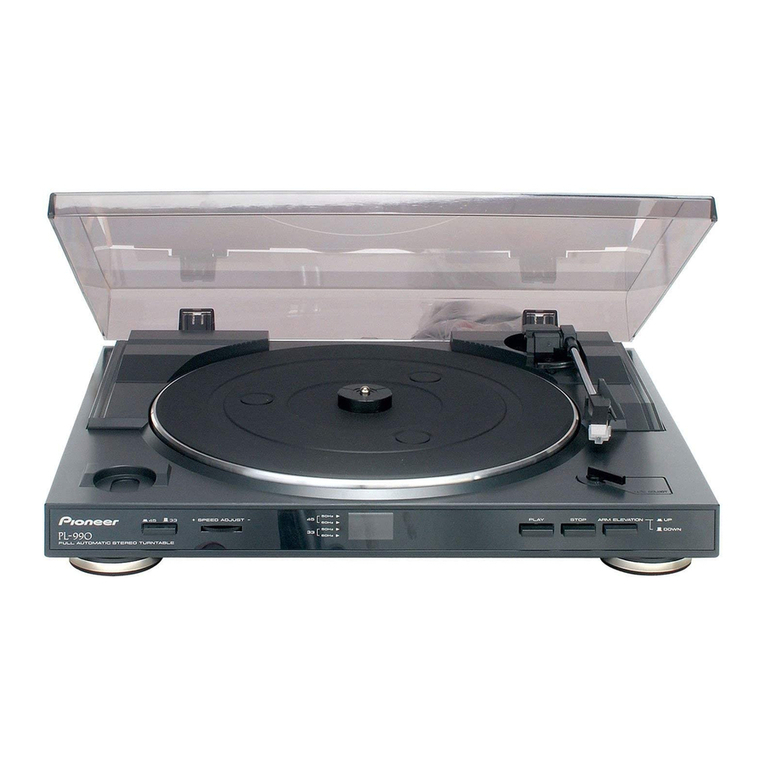
Pioneer
Pioneer PL-990 User manual
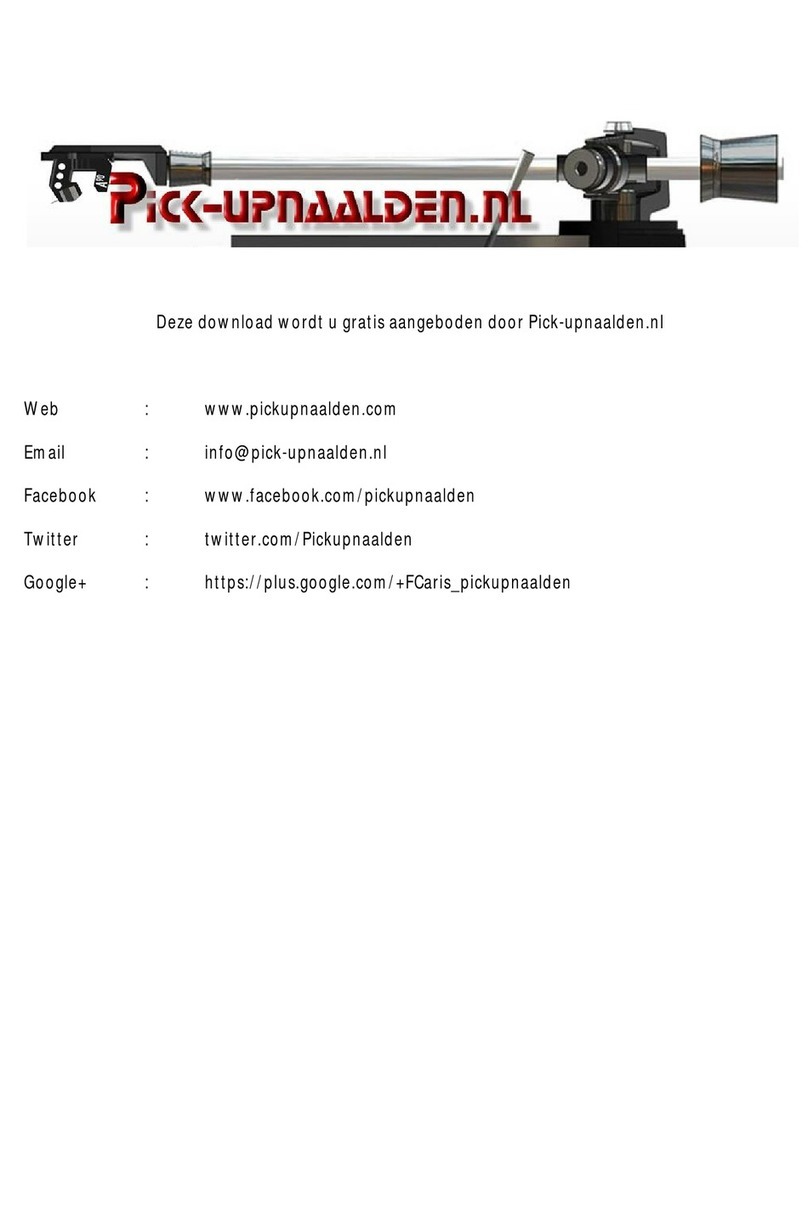
Pioneer
Pioneer PL-88F User manual
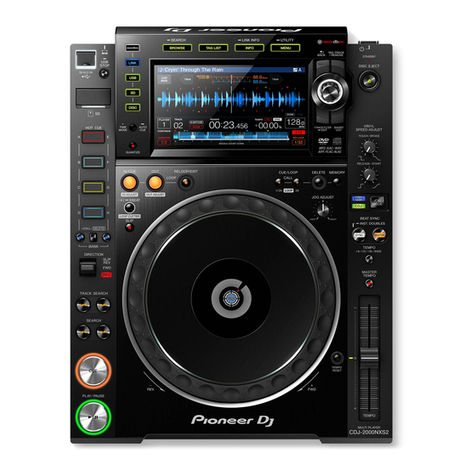
Pioneer
Pioneer CDJ-2000nexus Instruction Manual

Pioneer
Pioneer PL-Z93 User manual

Pioneer
Pioneer PL-520 User manual

Pioneer
Pioneer PL-51 User manual
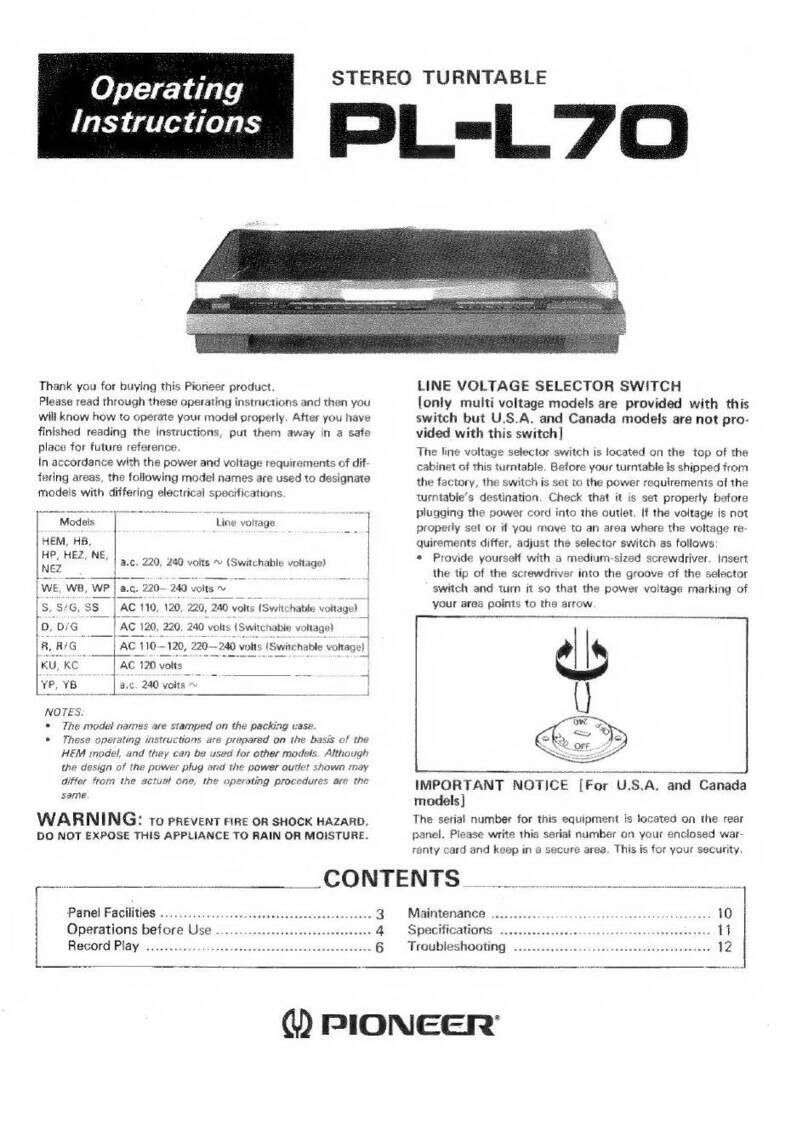
Pioneer
Pioneer PL-L70 User manual
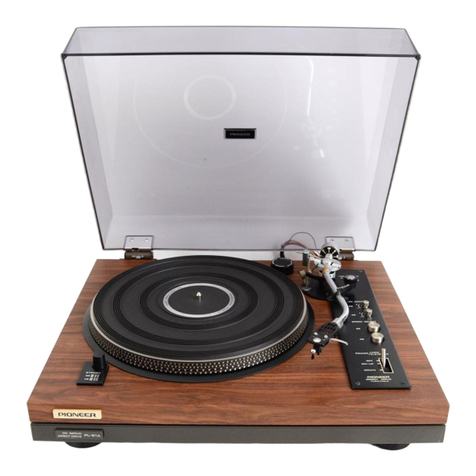
Pioneer
Pioneer PL-51A User manual
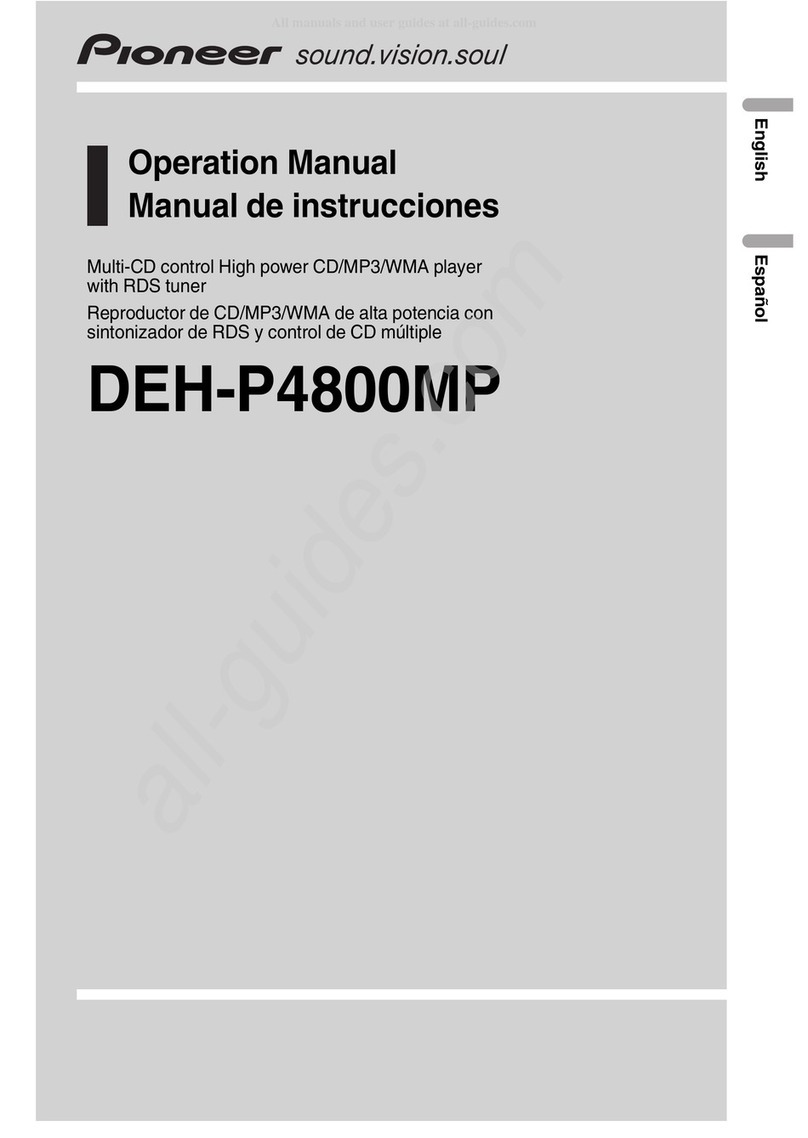
Pioneer
Pioneer Super Tuner III D DEH-P4800MP User manual
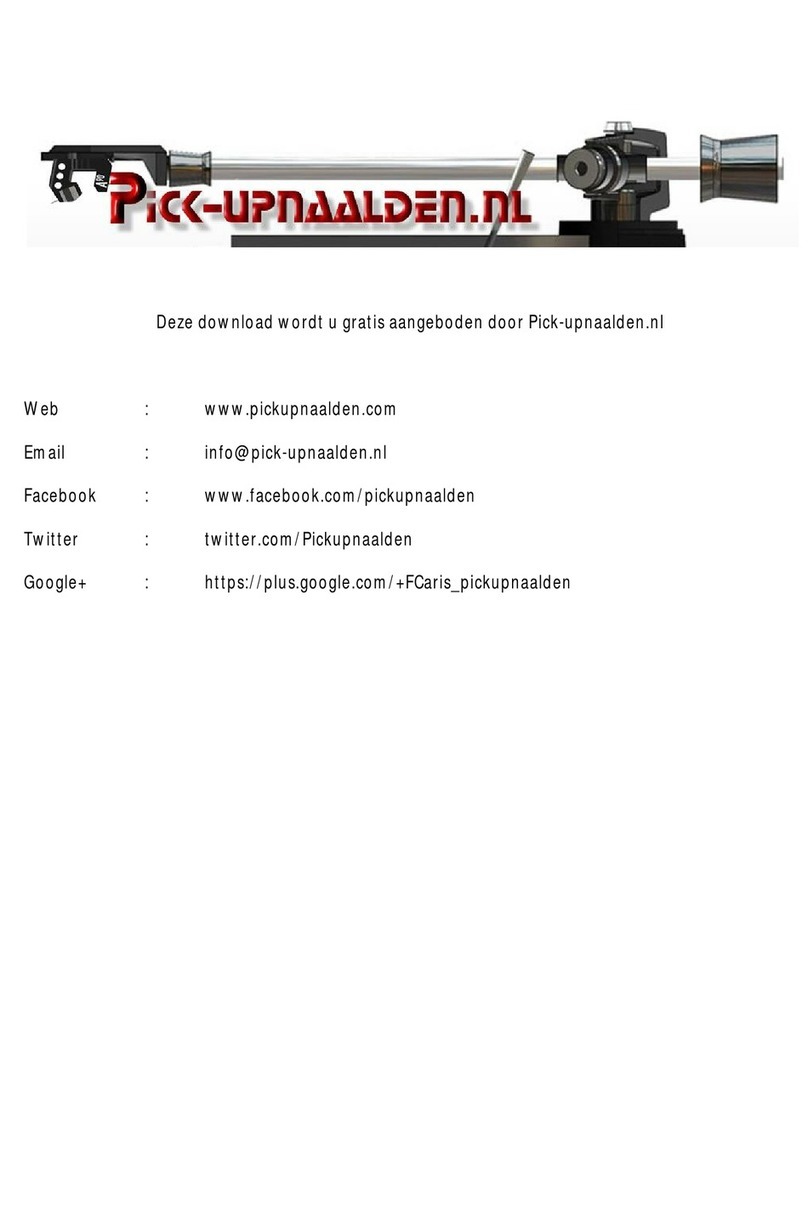
Pioneer
Pioneer PL-110 User manual
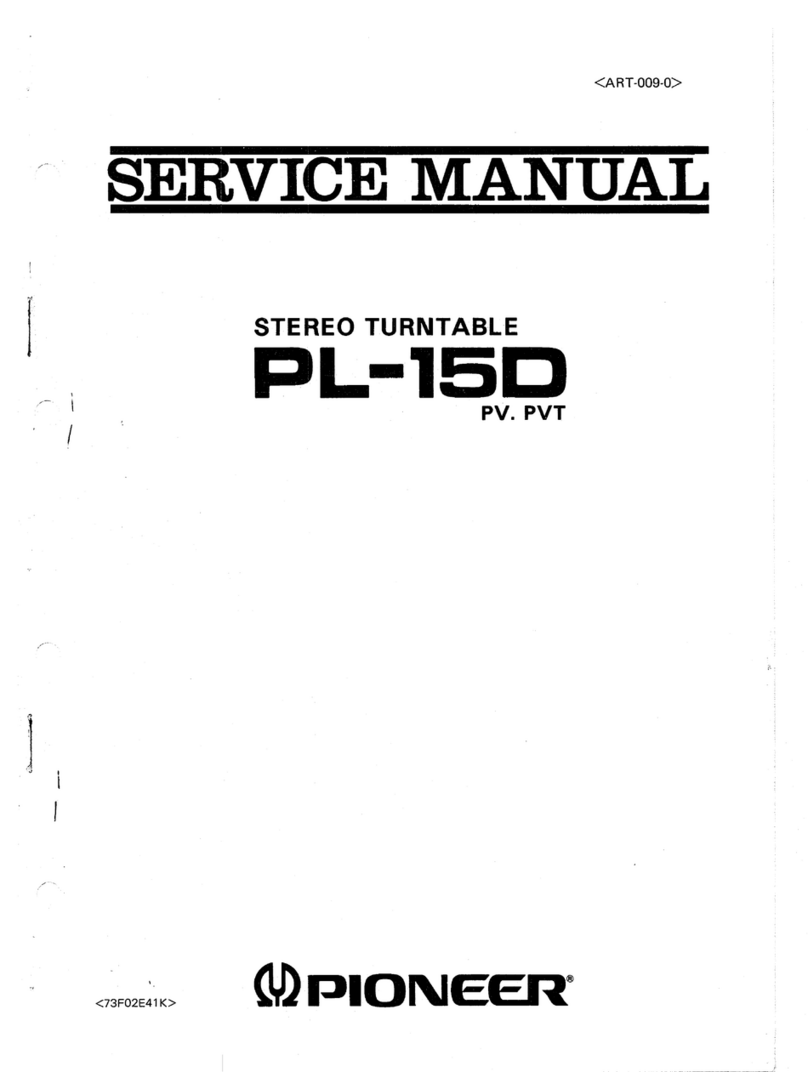
Pioneer
Pioneer P-15D User manual

Pioneer
Pioneer PL-200 User manual

Pioneer
Pioneer PL-260 KU User manual


